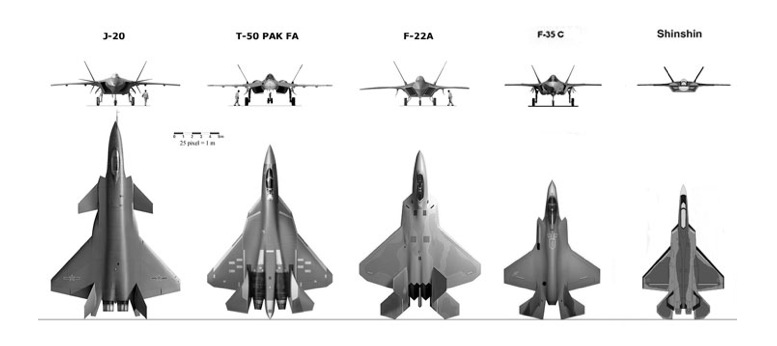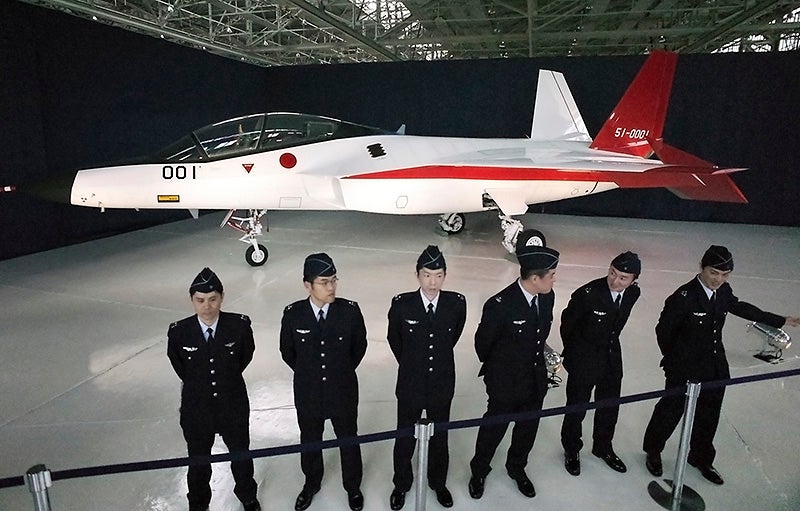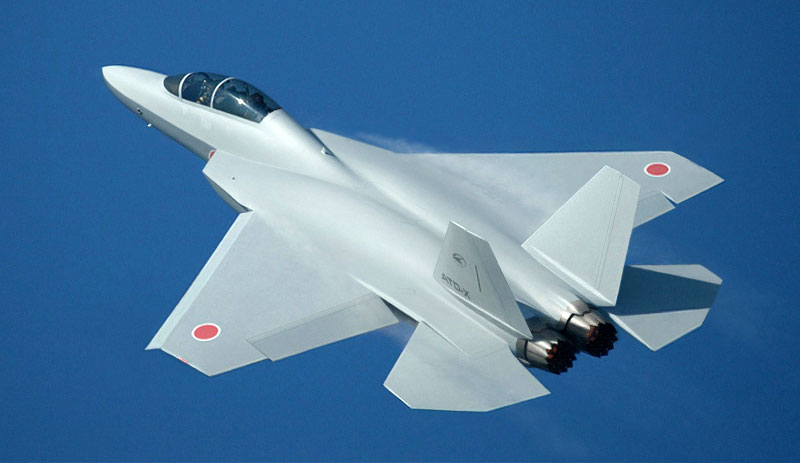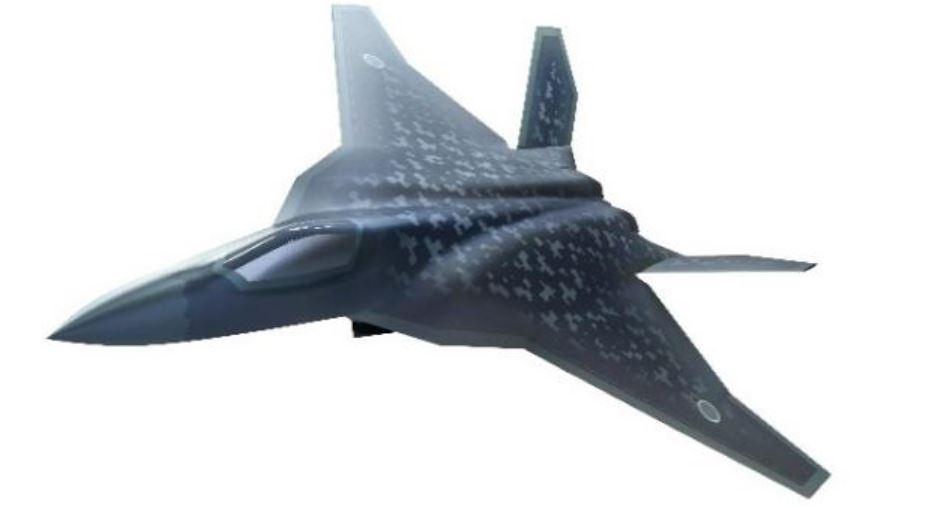The Japanese defense ministry has published a new design for the country’s next fighter.

aviationweek.com
Latest Japanese Fighter Concept Suggests Greater Range
BEIJING—The Japanese defense ministry has published a new design for the country’s next fighter, suggesting an even greater emphasis on range and payload than before.
The picture, not confirmed as a preferred design, appeared as the ministry detailed total funding of ¥28 billion ($255,780,000) for the fighter and related technologies in the fiscal year beginning April 1, 2020.
A change in the program name from Future Fighter to Next Generation Fighter (NGF), mentioned by Defense Minister Kono Taro on Dec. 17, is confirmed in the defense ministry’s Japanese-language report on its budget for fiscal 2020.
The twin-engine type is intended to enter service in the 2030s. Japan is considering proposals for cooperation with British and U.S. partners.
An illustration of the design differs markedly in planform from the most recent that has previously been shown, which was called 26DMU and prepared in fiscal 2014. The new design is somewhat reminiscent of concepts for the proposed Future Combat Air System and Tempest fighter programs, the former led by France and Germany and the latter by Britain. The Tempest is a possible basis for NGF.
Whereas 26DMU had four tail surfaces, somewhat slanted, the NGF drawing in the budget report shows only two; they are mounted at perhaps 45 deg. to the vertical.
The mainplane also is dramatically different, with seemingly higher aspect ratio (slimness). The leading edge is straight, as before, but the trailing edge is swept forward inboard but aft outboard—as on the wings of the Tempest and FCAS concepts and, before them, the unsuccessful McDonnell Douglas submission for the Joint Strike Fighter program in the 1990s and the McDonnell F-101 Voodoo of the 1950s.
The trailing edge of the newly revealed Japanese design meets the fuselage at about the same point as the leading edges of the tail surfaces, as in FCAS concepts published by Dassault. In the Tempest concept that Britain has revealed, the mainplane, with much lower aspect ratio than the Japanese design, is extended as far back as the trailing edges of the tail surfaces.
The Japanese defense ministry has previously attributed high endurance and weapon load to a planform with such a kinked trailing edge, though the designs it showed then had four tail surfaces longer outboard sections and perhaps higher aspect ratio. A high aspect ratio improves range and endurance at subsonic speeds, but fighter drag is also heavily influenced by fuselage shape. A higher aspect ratio may also permit greater weights on takeoff and landing, and therefore larger loads of fuel and weapons.
The 26DMU’s wing had a straight trailing edge, swept forward, and apparently less aspect ratio than in the preceding design, 25DMU of fiscal 2013. In 25DMU the trailing edge was straight and swept backward.
By the time they drew up 25DMU, the defense ministry’s developers had already decided that Japan would be better served by a large fighter with less-than-extreme flight performance but with long endurance and a large internal load of long-range air-to-air missiles. Such fighters could spend more time on station than those of higher performance. The new design, if it represents what the ministry now wants, takes that idea further.
These concepts have been extraordinarily large, bigger than the Lockheed Martin F-22 Raptor—perhaps suggesting that Godzilla would be a better project name than Next Generation Fighter.
IHI Corp. and the ministry have developed an engine of at least 33,000 lb. thrust, the XF9-1, for the fighter.
The funding of ¥28 billion in the fiscal 2020 budget is not fully explained. As Taro said on Dec. 17, ¥11.1 billion is allocated for fighter research and development; the minister called this “concept design” work. That level of funding will obviously pay for a more intensive effort than what produced 26DMU and earlier designs, but the minister’s terminology seems to rule out the launch of full-scale development in fiscal 2020—which in any case should not begin before a foreign partner is chosen.
The budget also includes ¥7.6 billion for fighter mission system integration, reduced from the ¥17.7 billion the ministry asked for, and just ¥100 million for work on a drone that would accompany the NGF, down from ¥1.9 billion requested.
These figures leave ¥9.2 billion of unidentified NGF work funded in fiscal 2020.
In its budget request, the ministry asked for a program office to be set up.
The government said in late 2018 that Japan would lead development of the fighter, implying that an international partnership would be sought. The type is intended to replace the Mitsubishi Heavy Industries (MHI) F-2.
Candidate partners are BAE Systems, Lockheed Martin, Northrop Grumman and, probably, Boeing. The BAE offer is based on participation in the Tempest program, in which Japan could pick and choose design elements, perhaps using its own airframe, engine, avionics or weapons or some combination of them.

















